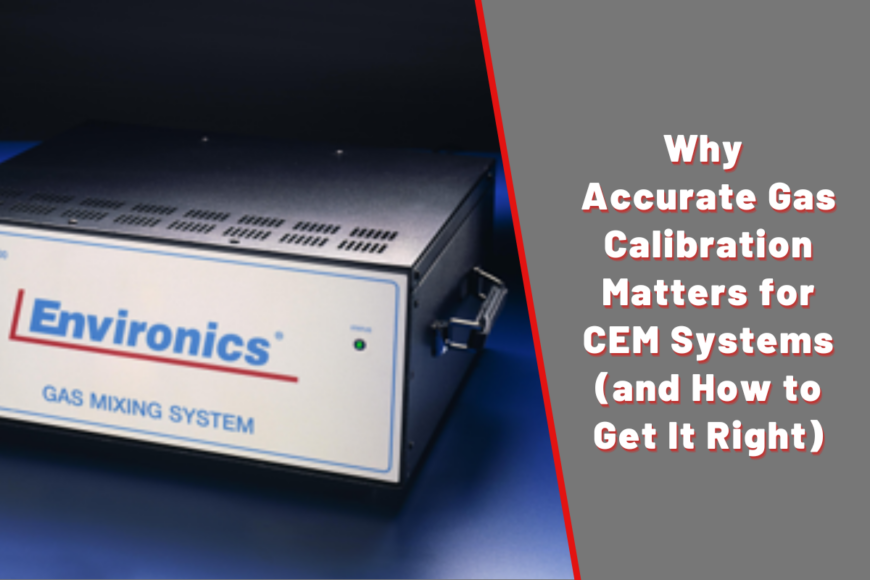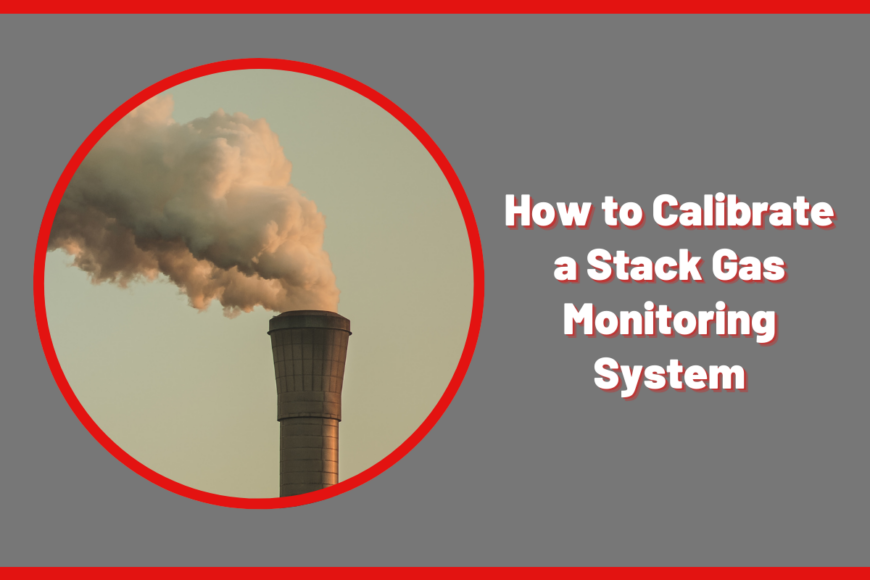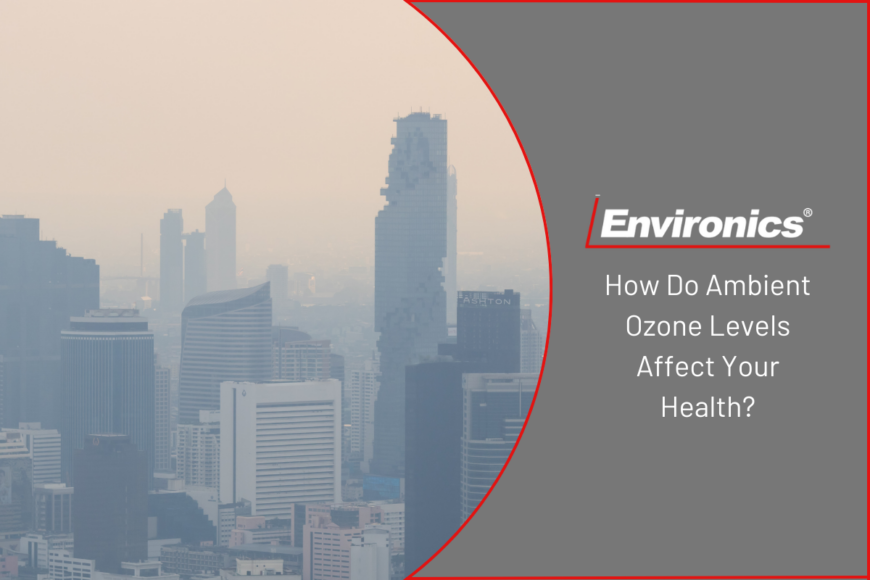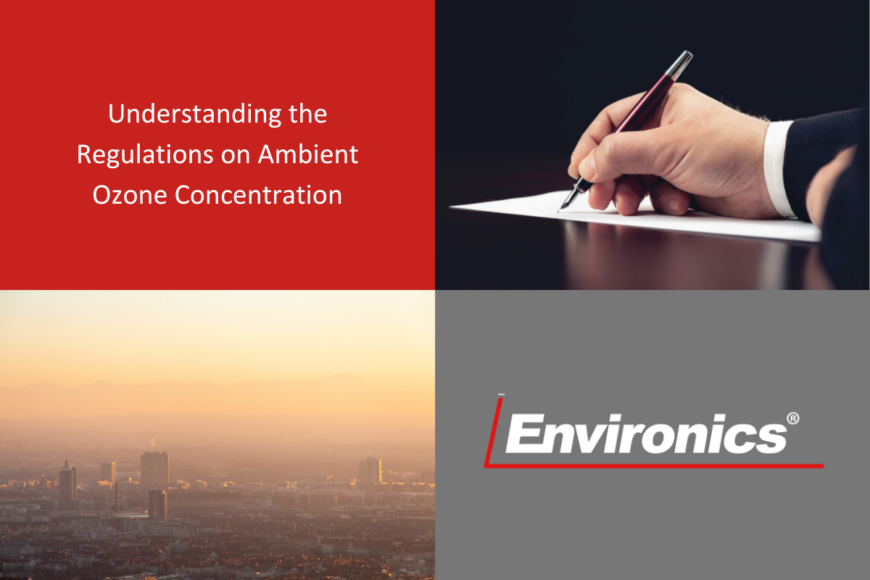Some of the most critical measurements in fields like air monitoring, clinical diagnostics, and high-precision manufacturing happen at the edge of what sensors can detect.
Read MoreAccurate emissions data starts with calibration. In highly regulated sectors like power generation, petrochemicals, cement production, and waste incineration, even a fraction of error can
Read MoreAccurate emissions data doesn’t happen by chance. It relies on precise calibration and the field technicians who keep CEM systems running under strict performance expectations.
Read MoreHydrogen sulfide (H₂S) is a silent threat, undetectable by sight and capable of dulling the sense of smell before its presence is noticed. This gas
Read MoreWhy Accurate Gas Calibration Matters for CEM Systems (and How to Get It Right)
CEM systems monitor gases at the source of industrial emissions, producing data that must be both precise and defensible. The trust placed in that data,
Read MoreStack gas monitoring systems are indispensable for measuring emissions from industrial processes, ensuring compliance with environmental regulations and contributing to sustainable industrial practices. Accurate systems
Read MoreGas delivery systems are fundamental to the semiconductor manufacturing process, where precision, safety, and efficiency are paramount. These systems enable meticulous control over the flow
Read MoreSemiconductor fabrication relies on a diverse range of specialty gases that play critical roles in processes such as deposition, etching, doping, and cleaning. These gases
Read MoreAir pollution is a well-known health risk, but one of its most dangerous components is often invisible: ambient ozone. Unlike particulate matter or smoke, ozone
Read MoreOzone serves as a protective layer in the upper atmosphere, absorbing harmful ultraviolet rays and helping sustain life on Earth. But at ground level, ozone
Read More








